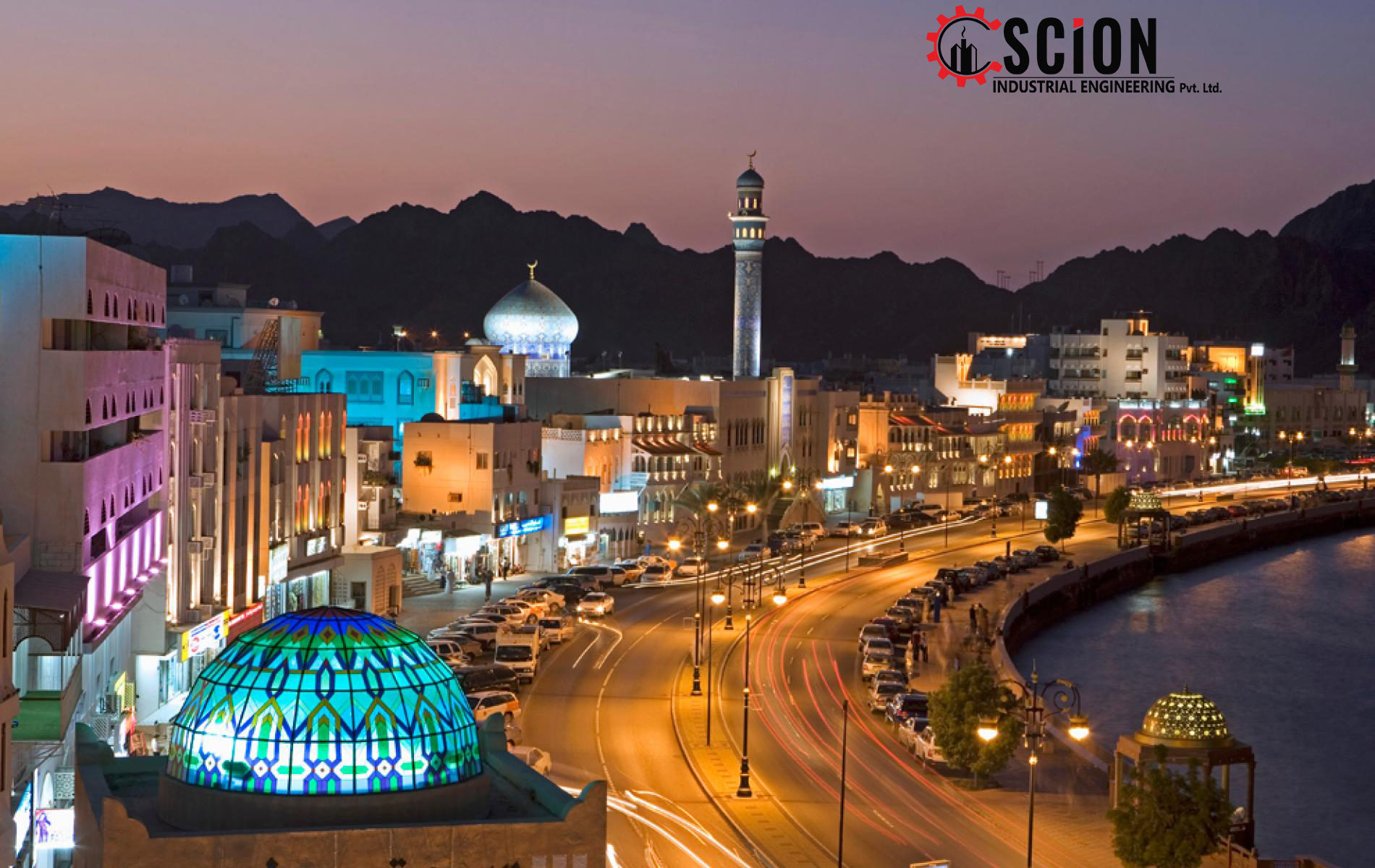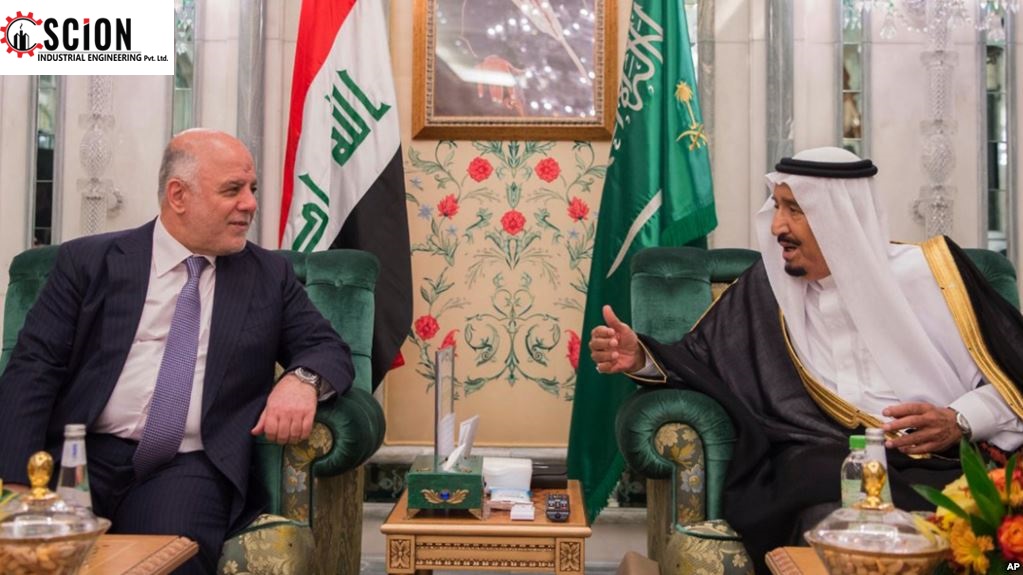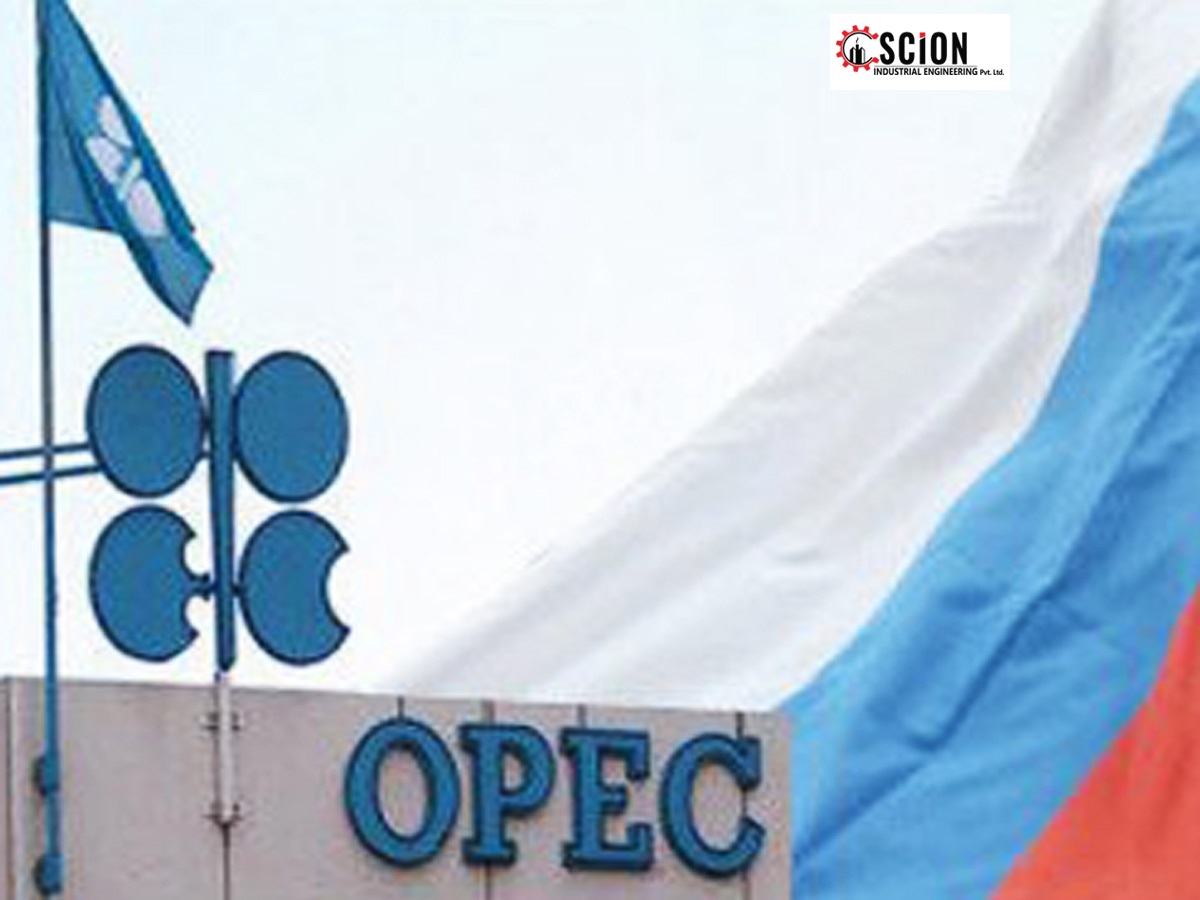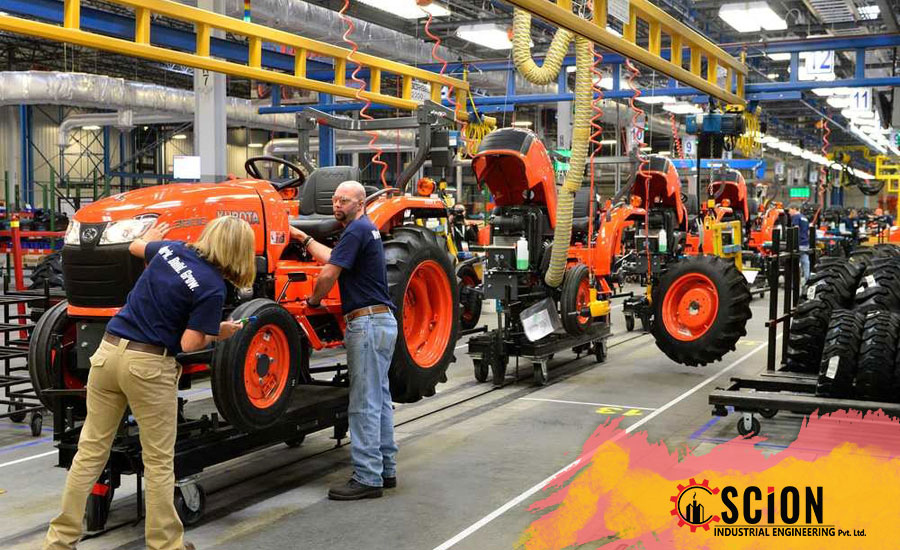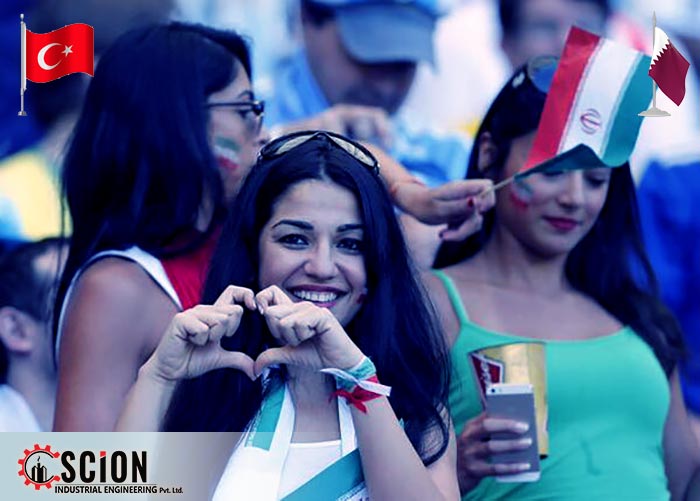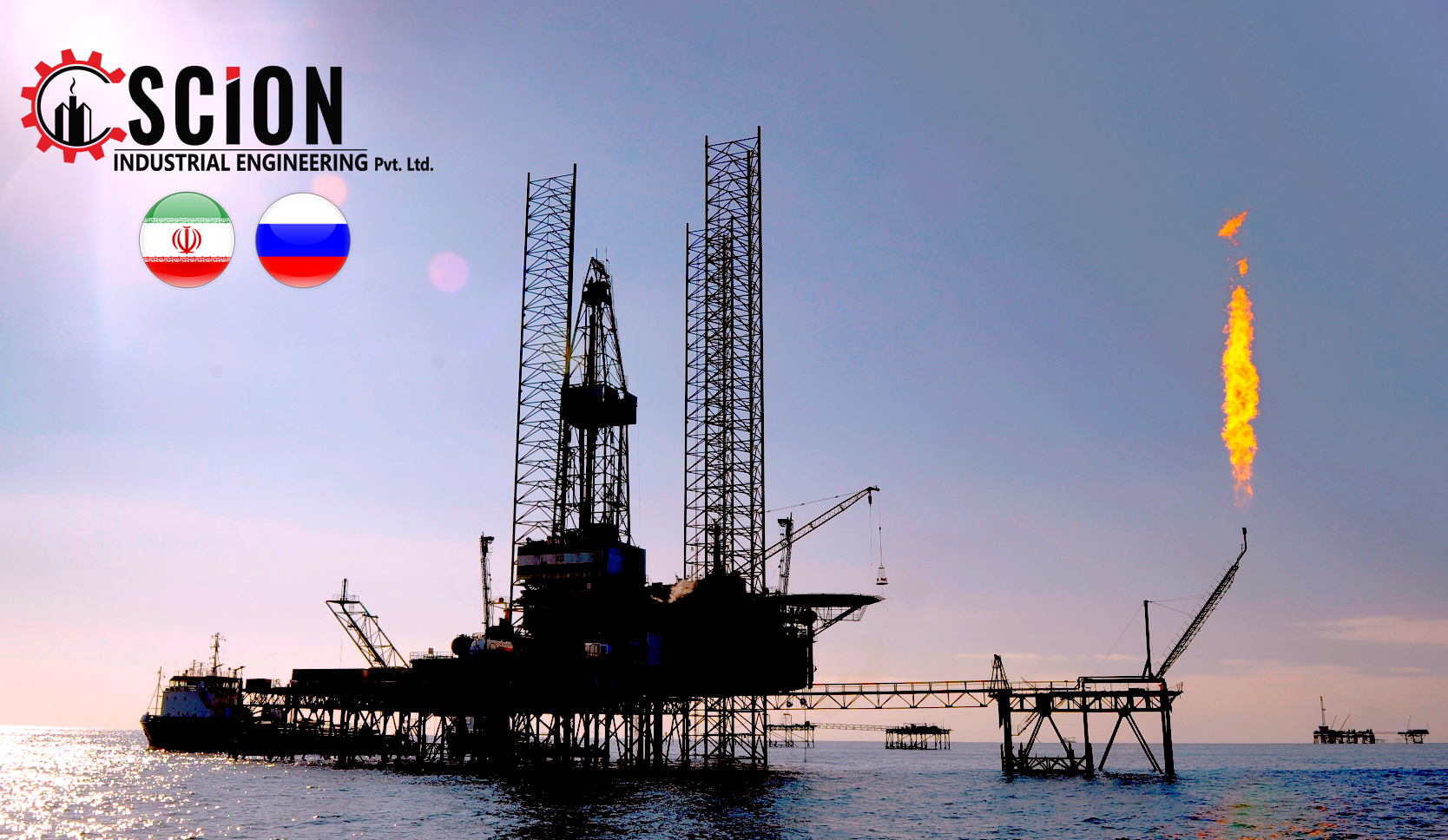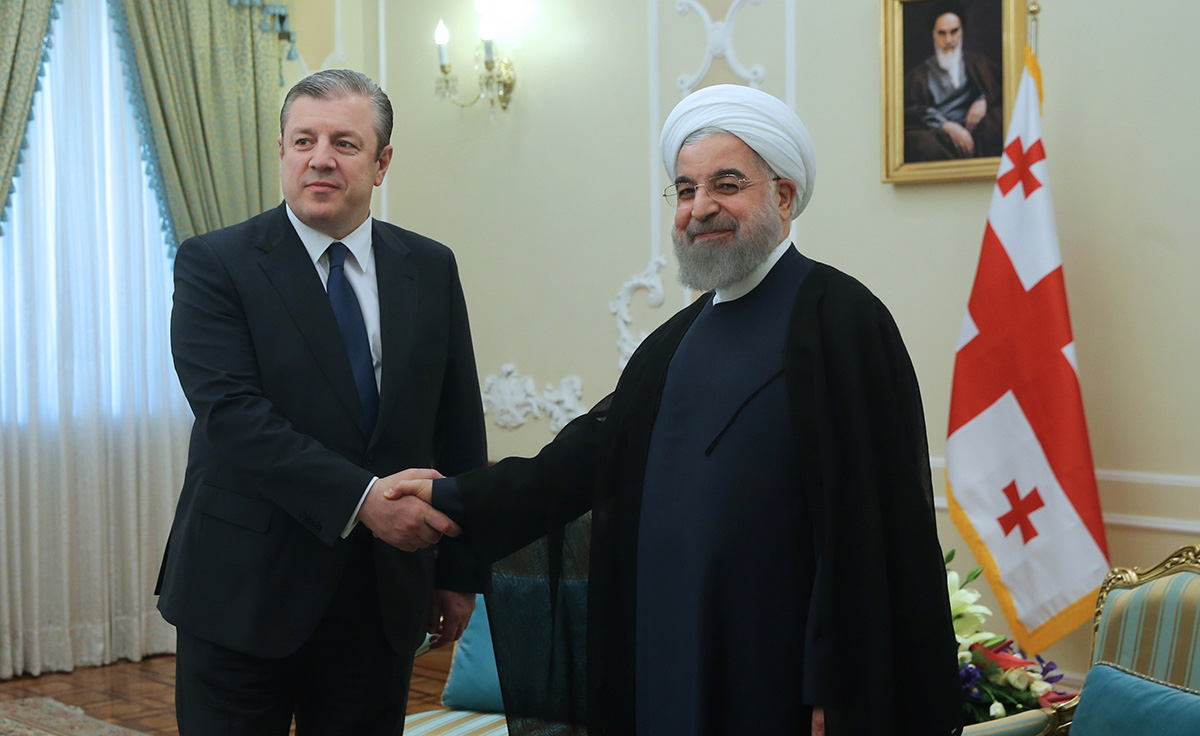Turkey, Iran and Qatar on Sunday signed a transportation pact for boosting trade among the three countries.
Turkey’s Economy Minister Nihat Zeybekci and his Qatari counterpart Ahmed bin Jassim bin Mohammed Al Thani were in the Iranian capital Tehran to sign the agreement with Iran’s Minister of Industries, Mining and Trade Mohammad Shariatmadari.
Under the agreement, Iran will be the transit country between Turkey and Qatar. The deal is expected to help accelerate commodity delivery and facilitate trilateral trade, Anadolu Agency reported.
The agreement will lead to the creation of a “joint working group to facilitate the transit of goods between the three countries”, IRIB News reported, adding that the three nations aim to tackle “obstacles to sending goods from Iran and Turkey to Qatar”.
“Iran is playing an important role in the transport of goods from Turkey and Azerbaijan to Qatar,” said the Qatari minister in a bilateral meeting with Shariatmadari.
Saudi Arabia, aided by Bahrain, the UAE and Egypt, cut ties with Qatar in June, accusing Doha of backing extremism, a charge that Qatar denies.
Since the crisis erupted, Iran and Turkey–whose relations have warmed considerably in recent months–have sought to help break Qatar’s isolation, including by increasing food exports to the emirate.
Turkey and Azerbaijan have been using Iran as a land route to export to Qatar, filling the gap in the market in the absence of Saudi Arabia and its allies since the Arab rift.
According to Mohammed bin Mahdi Al Ahbabi, a board member of Qatar Chamber of Commerce and Industry, the land route between Turkey and Qatar via Iran reduces the cost of goods transport by about 80% compared to air cargo.
Expansion of Cooperation
The role of cargo movement through the sea route has also increased in the country after the siege was imposed on Qatar.
“Most of the [Iranian] shipping lines have now switched their transport services to Qatar, instead of the UAE and Oman,” Adnan Musapour, a member of the Export Committee at Iran Chamber of Commerce, Industries, Mines and Agriculture, said.
Torang Darya Shipping Line, the biggest private shipping company in Iran, intends to expand its business in Qatar. The company expects trade between Qatar and Iran to increase in the near future, which will lead to an increase in its frequency from Qatar.
“Before the siege (imposed on Qatar), we did not have any desire (to expand ties) because Qatar was importing most of its requirement from some of its neighboring countries. But right now, we have the desire and the plan for import and export from Qatar. We want to extend our business in Qatar,” Amir Khani from TDS Line, who was in Qatar to participate in an industry exhibition, was quoted as saying by Qatar’s daily newspaper The Peninsula.
Valfajr Shipping Company (affiliated with the Islamic Republic of Iran Shipping Lines), Rah Abrisham Marine Shipping Agency and Pasargad Shipping Lines are among Iranian firms that have started services to Qatar.
Masoud Khayatzadeh, the head of Abadan Chamber of Commerce, said the chamber has been holding talks with major Qatari companies to establish an exclusive wharf in Qatar for Iranian goods to ease transportation to the neighboring state.
According to Iranian Minister of Roads and Urban Development Abbas Akhoundi, the two countries formed a joint committee to boost cooperation in air and marine transportation, during Qatari Minister of Transport Jassim Saif Al Sulaiti’s visit to Tehran in late October.
The Qatari government has facilitated business trips for Iranians by issuing six-month visas. The move has resulted in higher demand for business trips to Qatar in recent weeks.
Qatar Airways and Iran Air have recently increased the capacity of their flights to Doha, especially from the southern Iranian province of Fars where a large number of merchants reside.
Iran Aseman Airlines and other private airliners are also working to launch cargo and passenger flights from Shiraz to Doha.
Iran, Turkey Moving Toward Free Trade Deal
Zeybekci on Sunday also attended the closing ceremony of the 26th meeting of Iran-Turkey Economic Commission.
Stressing both countries’ strong economies, Zeybekci said a free trade deal between Ankara and Tehran could pave the way for hundreds of new companies.
Iran and Turkey are signatories to a preferential trade agreement since 2014. Currently, the two sides have 265 categories of goods under their PTA. Iran accounts for 140 and Turkey for 125 categories in the list.
In the most recent development regarding the PTA, the two sides announced plans to add 60 categories of goods each to the agreement.
“The lion’s share of what Iran is going to add to the agreement is petrochemical products,” the head of Iran-Turkey Studies Center and Secretary-General of the two countries’ commercial council, Jalal Ebrahimi, told Financial Tribune.
According to the official, Turkey has requested to add vehicle spare parts, electric and mechanical machinery and equipment, aluminum products, iron and cast iron products, steel, construction stones, apparel and textile and cellulose products like paper, cardboard and wooden products, among other things, to the list.
Iran intends to add 30 categories of petrochemical products, polyester, copper products like cables, aluminum, ferromolybdenum and other iron alloys, direct reduced iron, pellets, cold-rolled coil, steel bars, zinc and its artifacts, floorings and synthetic fibers in return.
During the Sunday commission meeting, the two countries also reportedly signed a bilateral deal in the engineering field that targets $10 billion in annual trade.
Iran’s Rising Trade With Turkey, Qatar
Latest statistics released by the Turkish Statistical Institute show trade between Iran and Turkey stood at $8.15 billion during nine months since the beginning of 2017. The figure indicates a 14.24% rise compared with the same period of the preceding year.
Iran’s exports during the period amounted to around $5.84 billion, 75.7% more year-on-year. In return, Turkey exported $2.31 billion worth of goods, compared with $3.81 billion in the corresponding period of last year, indicating a 65% decline.
A review of the past six years ending March 20, 2017, shows Iran’s trade with Turkey peaked in the last fiscal year (March 2016-17) at $5.92 billion.
Latest statistics released by the Islamic Republic of Iran Customs Administration show Iran exported $139 million worth of non-oil goods to Qatar during the seven months to Oct. 22, registering a remarkable 117.5% increase compared with the same period of last year. Notably, Iran’s exports to Qatar saw a significant growth during the month to Oct. 22. Iran exported about $50 million of non-oil products to Qatar during the one-month period, which shows a fivefold surge YOY.
While in Tehran, the Qatari economy minister met with Iran’s Foreign Minister Mohammad Javad Zarif on Sunday. The two sides emphasized the need to remove trade barriers and facilitate conditions for economic exchanges between Iran and Qatar, IRNA reported.
In a meeting with Shariatmadari, the Qatari minister said Doha is seeking to increase bilateral trade with Iran.
“Foodstuff and construction material have been Qatar’s main imported goods from Iran [in the last few months],” Mehr News Agency quoted him as saying.
Shariatmadari said since Qatar will be hosting the 2022 FIFA World Cup, Iran’s technical and engineering services can meet the needs of the Qatari market. He said the Qatari side has offered to increase bilateral trade with Iran to $5 billion per year.
Source:https://financialtribune.com/articles/domestic-economy/76877/iran-turkey-qatar-sign-deal-to-ease-doha-blockade

